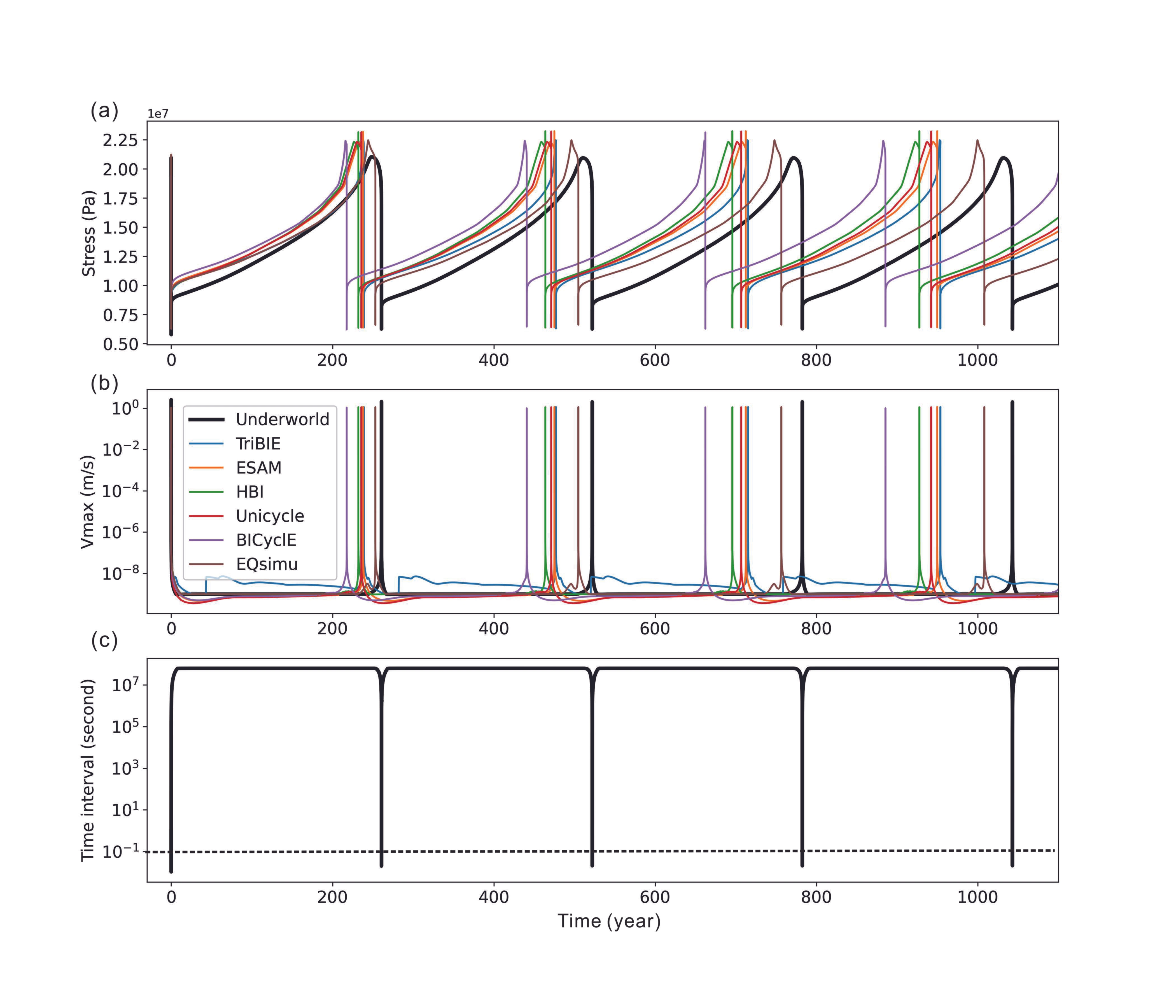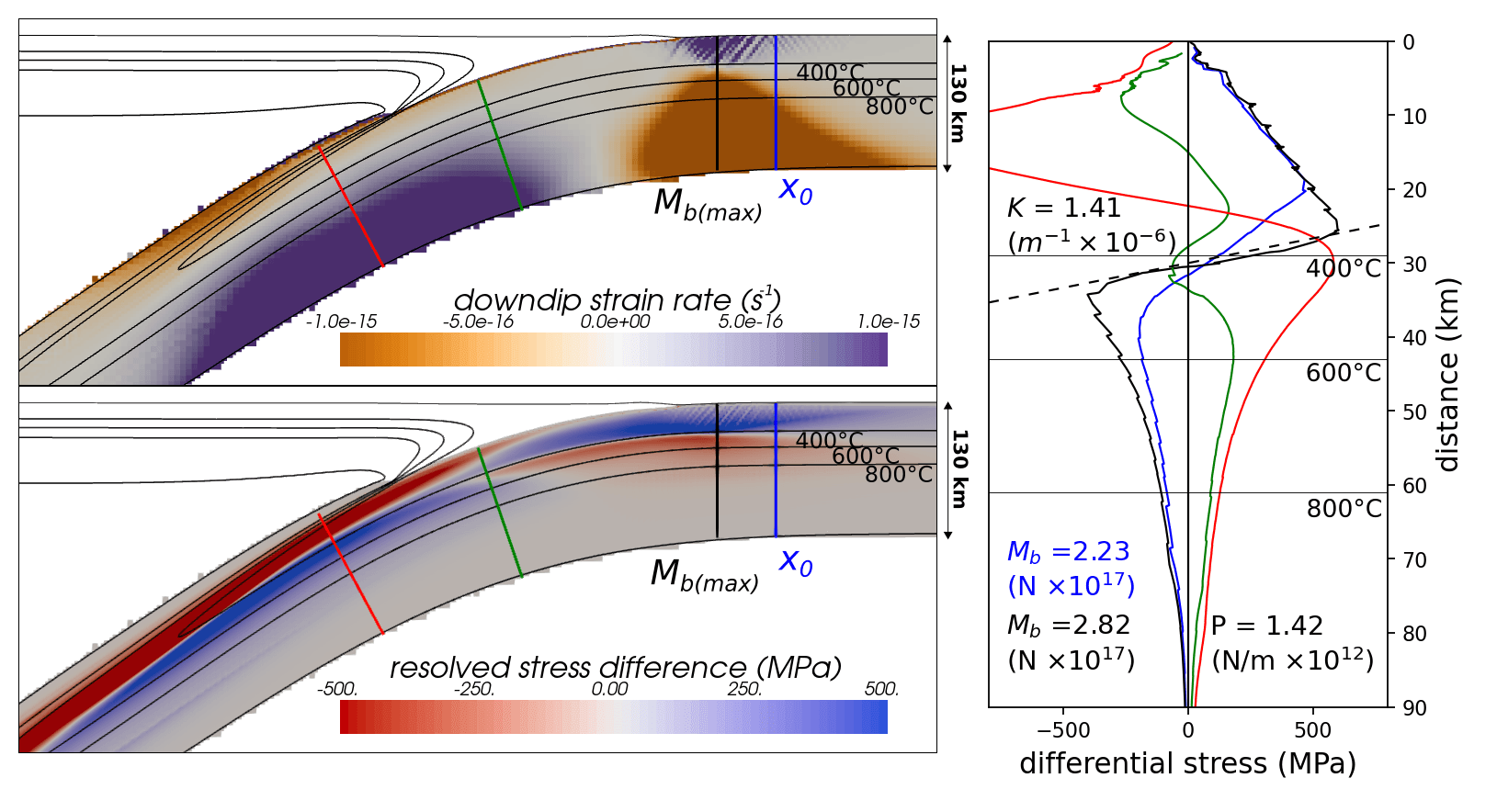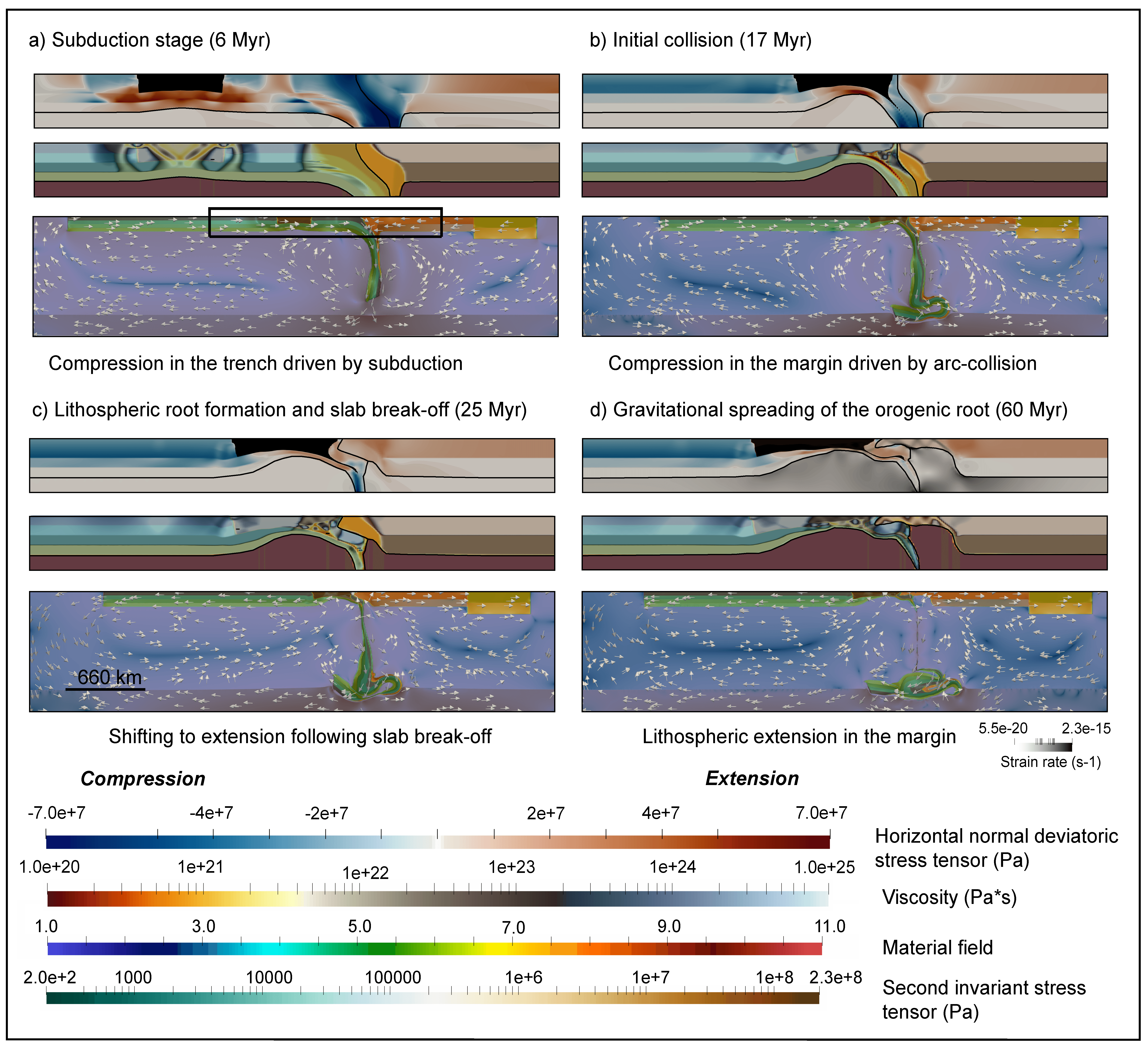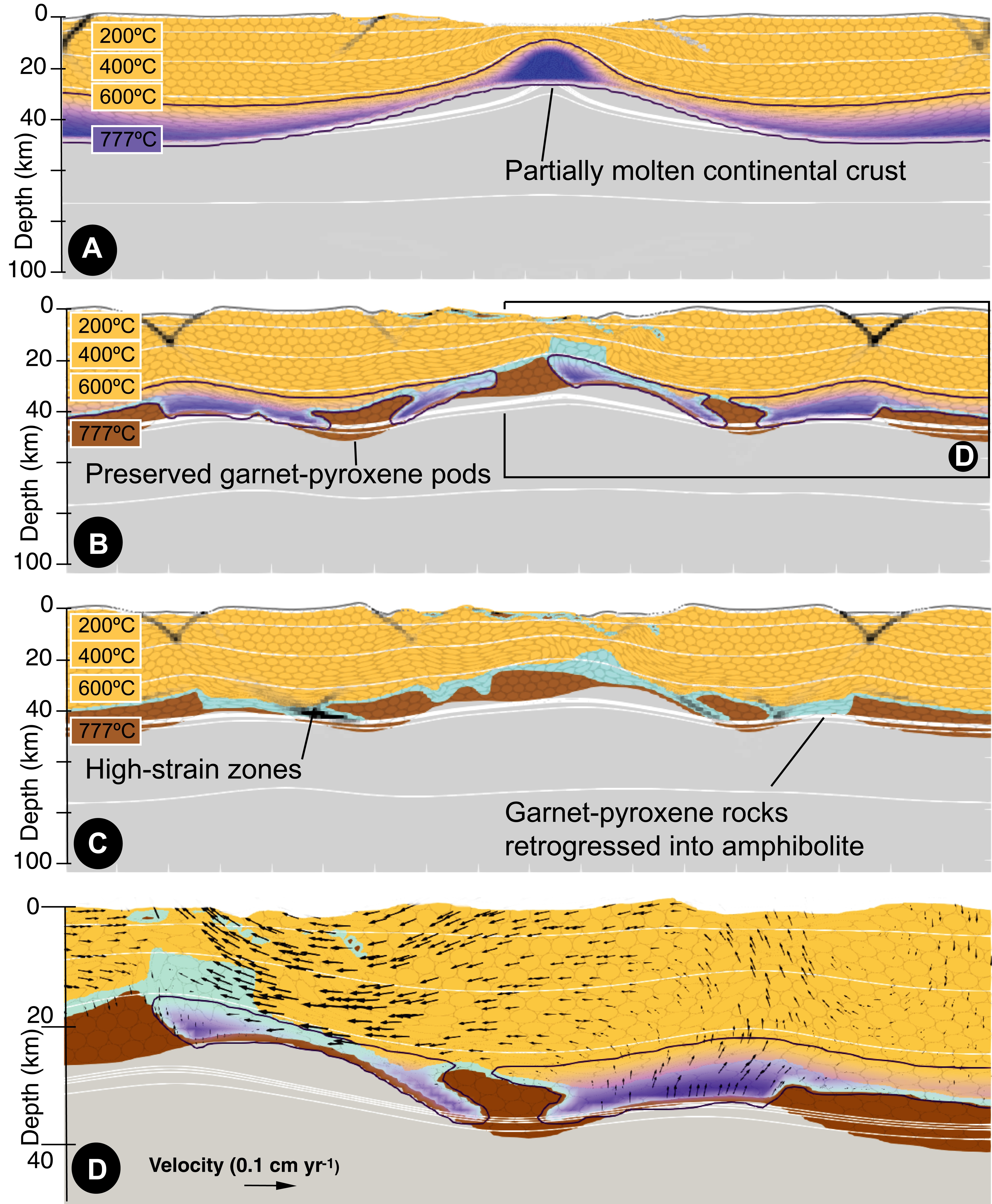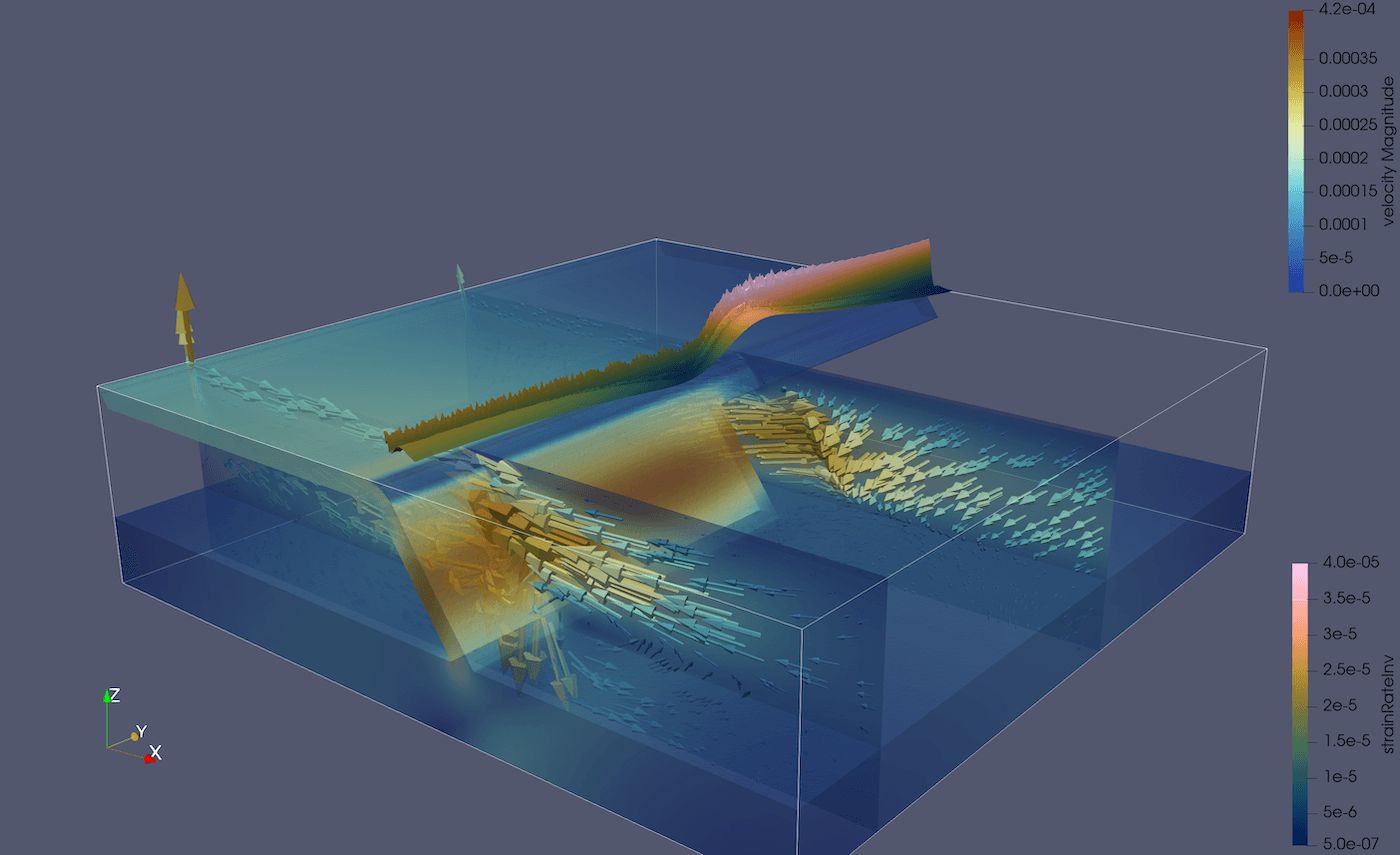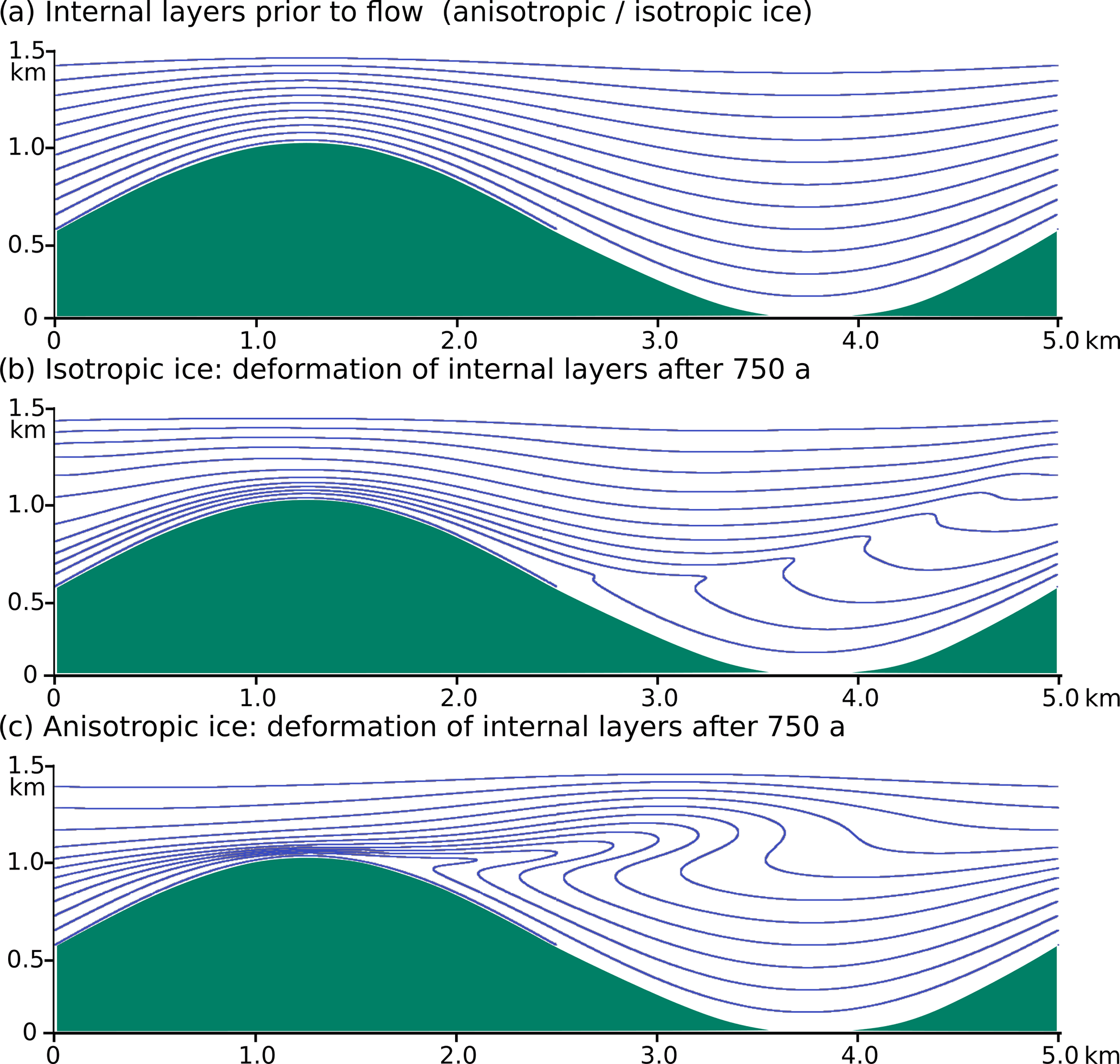What is M@TE?
M@TE is a digital platform that provides access to a wide range of computational models and their outputs, focused on Earth's evolution from the Geosphere to the Hydrosphere.
M@te encapsulates the entire model development process—from setup to output and analysis—enabling discovery, data preservation, reproducibility and reuse, offering flexibility for users with varying levels of expertise.
Purpose-built to meet the specific needs of the geoscience community, M@TE is a lasting, sustainable, and scalable resource that supports and leverages research infrastructure. It offers flexible tools for managing, sharing, and preserving numerical models, with built-in DOI creation to ensure persistent, citable access to results. Similar in spirit to Zenodo, but bigger and better for geoscientific modeling.

